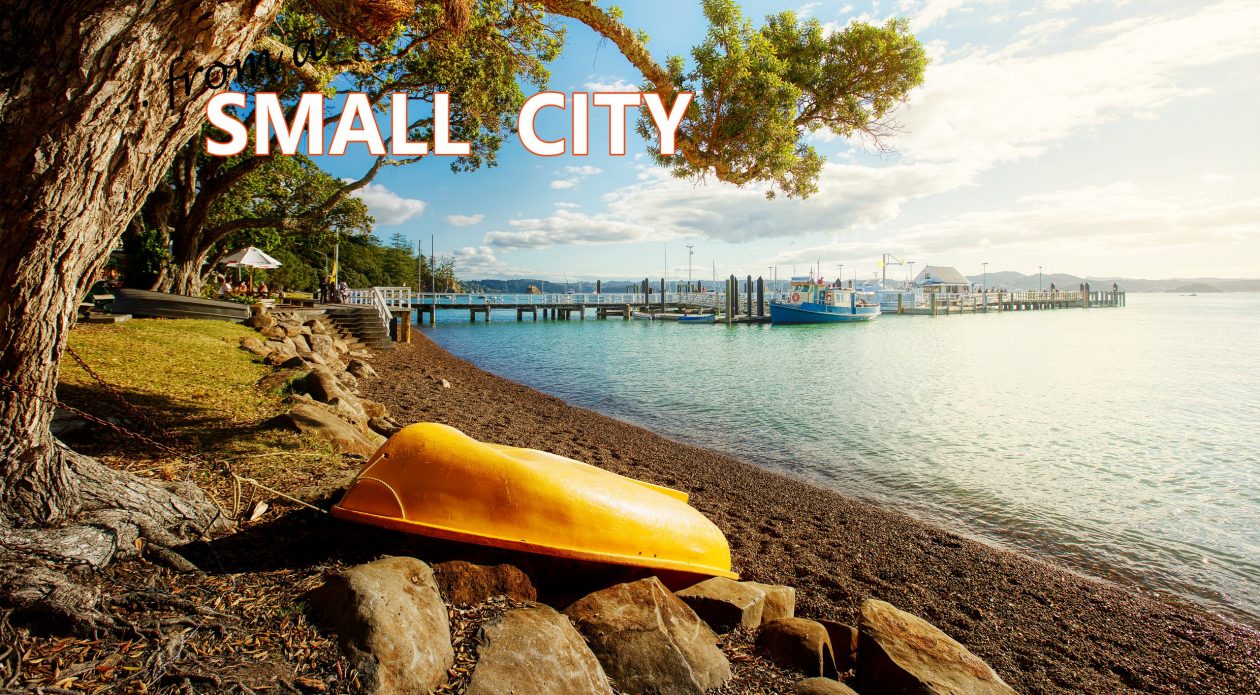This is another South Island location that is popular in the summer months, Lake Tekapo. The first sheep farm in the area dates back to 1857 which was owned by John and Barbara Hay on the shores of Lake Tekapo. Soon after, a hotel was established in 1861 before a ferry was set up to cross the Tekapo River. These days it’s a popular holiday and tourist destination in the MacKenzie Basin.
A Very Brief History Of The Lupinus Polyphyllus
 Lupinus Polyphyllus – Buy
Lupinus Polyphyllus – Buy
We can thank horticulturist and Yorkshireman George Russell for the wonderful range of colours we see in today’s Lupins. However, the story starts further back with a Scottish botanist called David Douglas. After being recommended by London’s Royal Horticultural Society, Douglas went on a plant-hunting expedition in the Pacific Northwest in 1824. Two years later, when returned home, he brought with him many new species of plants, which included the predominantly blue and white Lupinus Polyphyllus (or Lupin).
Then, in 1911 at the Coronation of King George V, George decided he didn’t particularly like the blue and white coloured Lupins that were on display. So, he spent the next twenty six years of his life collecting and crossing different Lupin to develop a more colourful species that was exhibited for the first time at the Chelsea flower show in 1936. This new species would become known as the Russell Lupin and was exported all over the world.
Burkes Pass
 Burkes Pass – Buy
Burkes Pass – Buy
I was heading for Lake Pukaki, a large alpine lake on the northern edge of the MacKenzie Basin near the township of Tekapo. On the way, I passed through Burkes Pass, named after Dublin University graduate Michael John Burke who drove a team of bullocks through the passageway which leads up into the Mackenzie Country in 1855.
The Clear Blue Lake Tekapo
 Lake Tekapo – Buy
Lake Tekapo – Buy
Without a doubt the most outstanding features of Lake Tekapo and the McKenzie Region are the clear blue lakes, the mountain backdrops and the clear night skies. Standing on the edge of the lake, looking out to the clear blue beyond, I wanted to give mother nature a round of applause and say ‘job well done!’
The Legend of Lake Tekapo
 Lake Tekapo – Buy or view the Ōtepoti | Dunedin gallery
Lake Tekapo – Buy or view the Ōtepoti | Dunedin gallery
One of the legends of Lake Tekapo is that it was dug out by explorer Rākaihautū with his digging stick called Tūwhakaroria. After arriving in Nelson, Rākaihautū split his people into two groups. Rākaihautū led his group down the middle of the South Island, digging the freshwater lakes of South Island as he went. His son, Rakihouia, led the other group down the east coast of the South Island.


